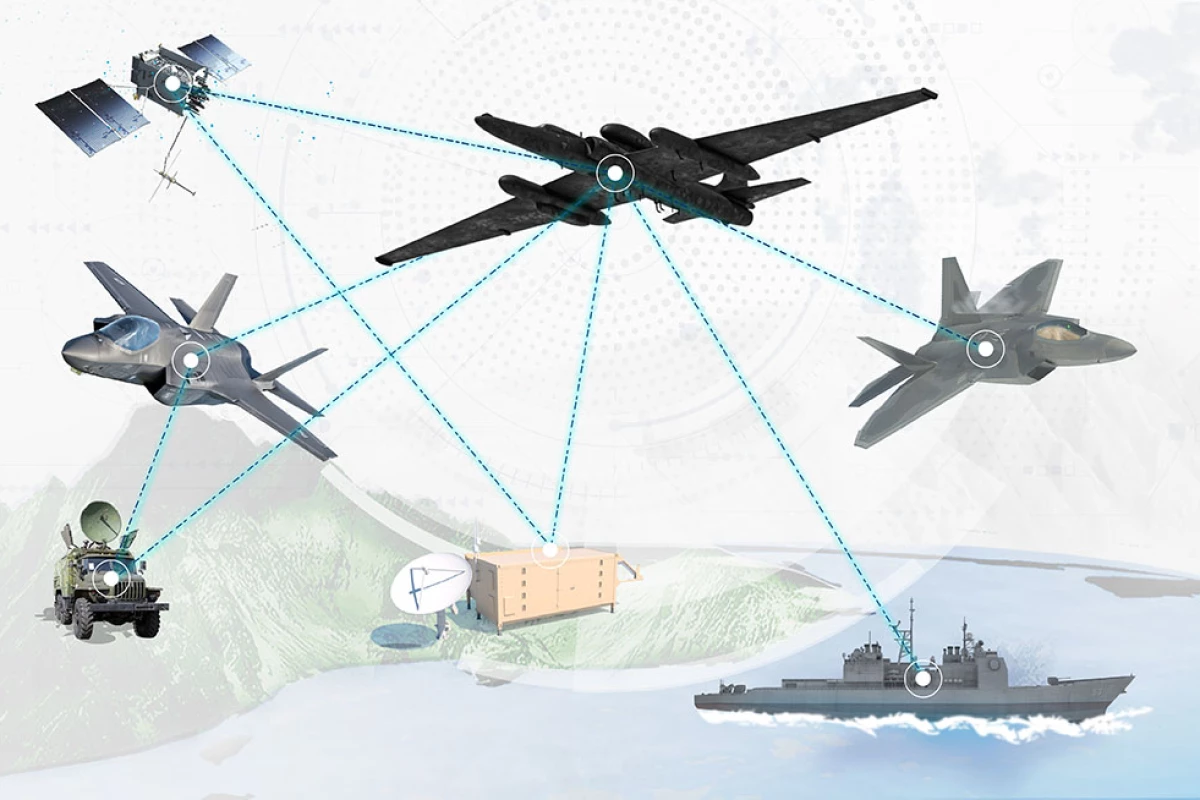A U-2 spyplane has successfully acted as an airborne interpreter and data-link between an F-22 Raptor and five F-35 Lightning IIs. The Project Hydra test by conducted by Lockheed Martin Skunk Works, the US Missile Defense Agency and the US Air Force demonstrates for the first time how the 5th Generation fighters can share data.
Ever since the F-22 was introduced in 2005, it's been recognized as one of the most advanced and capable fighter planes in the world. However, it isn't very good at directly sharing data with anything other than other F-22s. As a result, F-22 pilots are forced to convey the data that the fighter's system gathers by using old-fashioned voice radio calls.
That may seem like an example of bad engineering, but it's really a matter of clashing requirements. While the F-22 can receive radio signals by the standards set for US and NATO systems, the F-22 can't transmit over those systems because the F-22 is designed to be stealthy. This means that they have to use the Intra-Flight Data Link (IFDL) radio transmitter, which is extremely difficult for hostile forces to detect and zero in on.
Meanwhile, the F-35 has a similar problem when it comes to talking to the F-22, because it also needs to be stealthy, so it uses the Multifunction Advanced Data Link (MADL). This was also supposed to be retroactively installed in the F-22, but that was cancelled due to budget cuts.
Project Hydra aims to overcome this communications bottleneck by using an Open Systems Gateway (OSG) payload installed in a high-flying U-2 spyplane, which both translates and relays the data between the F-22 and the F-35s, and also with units on the ground over a Tactical Targeting Network Terminal (TTNT) link. In addition, it also sends target tracks to each fighter's avionics and pilot displays.
For the recent test, the data was sent to the US Army Integrated Battle Command System (IBCS) Airborne Sensor Adaptation Kit (A-Kit), which relayed the data to the IBCS Tactical System Integration Laboratory (TSIL) at Fort Bliss, Texas, to support a simulated Army firing exercise using targeting data from the five F-35s. By using the U-2, the six aircraft remained connected with each other as well as global command and control units even when they were out of line-of-sight of one another.
"Project Hydra marks the first time that bi-directional communications were established between 5th Generation aircraft in-flight, while also sharing operational and sensor data down to ground operators for real-time capability," says Jeff Babione, vice president and general manager, Lockheed Martin Skunk Works. "This next-level connectivity reduces the data-to-decision timeline from minutes to seconds, which is critical in fighting today's adversaries and advanced threats."
Source: Lockheed Martin





